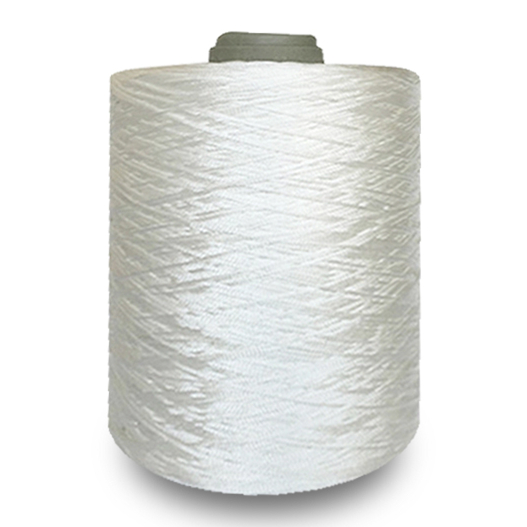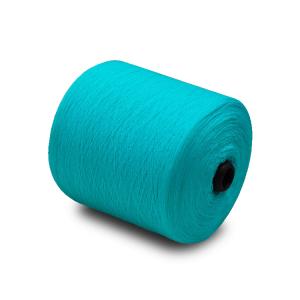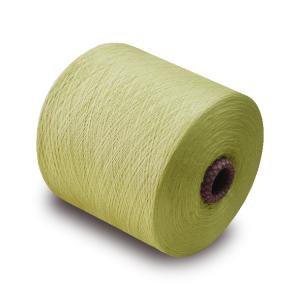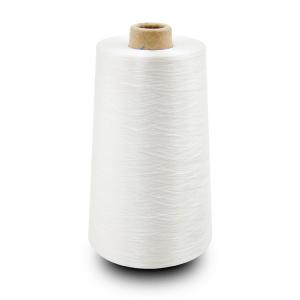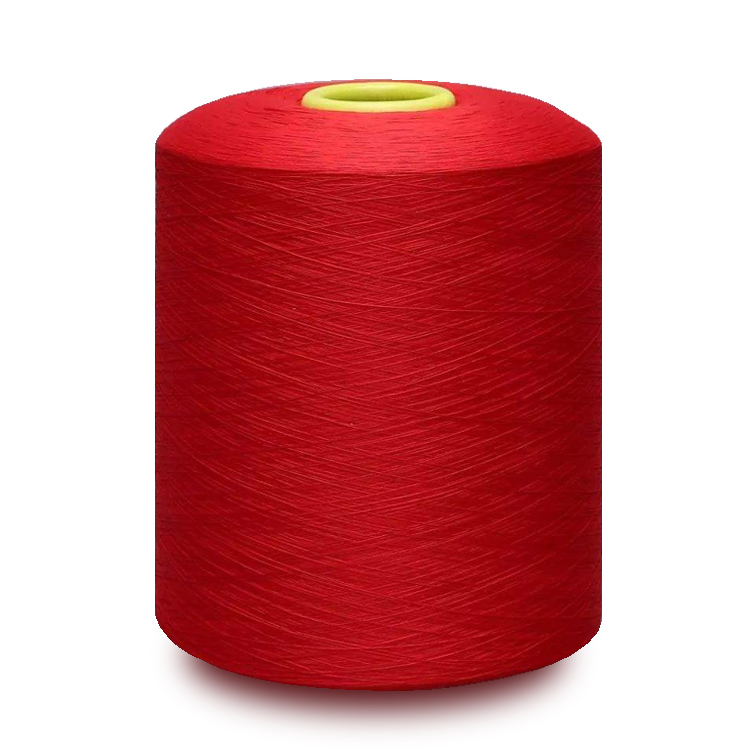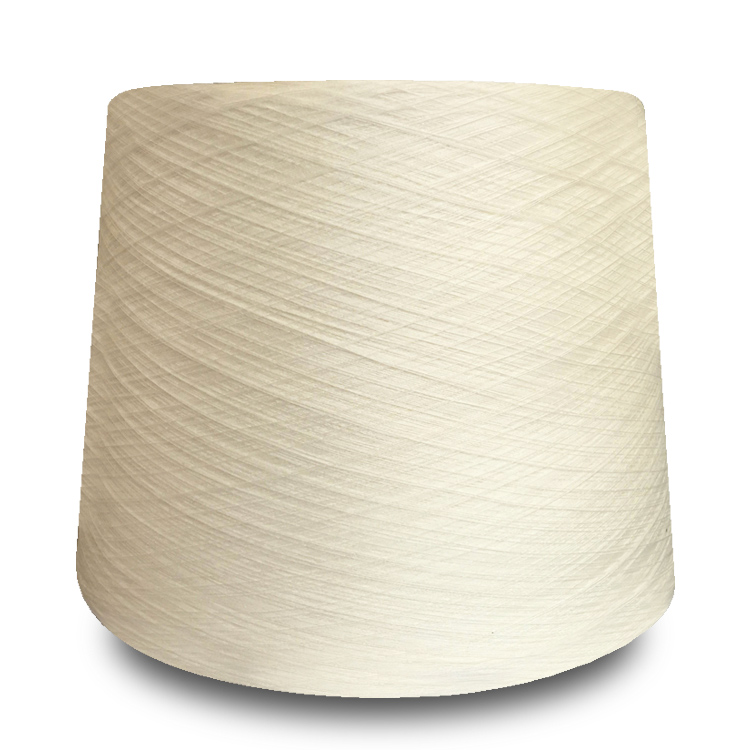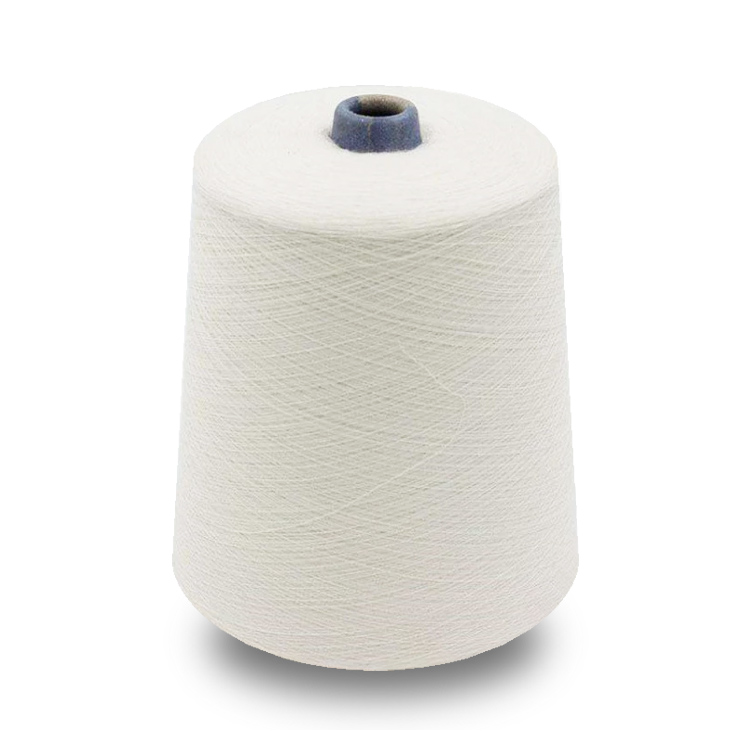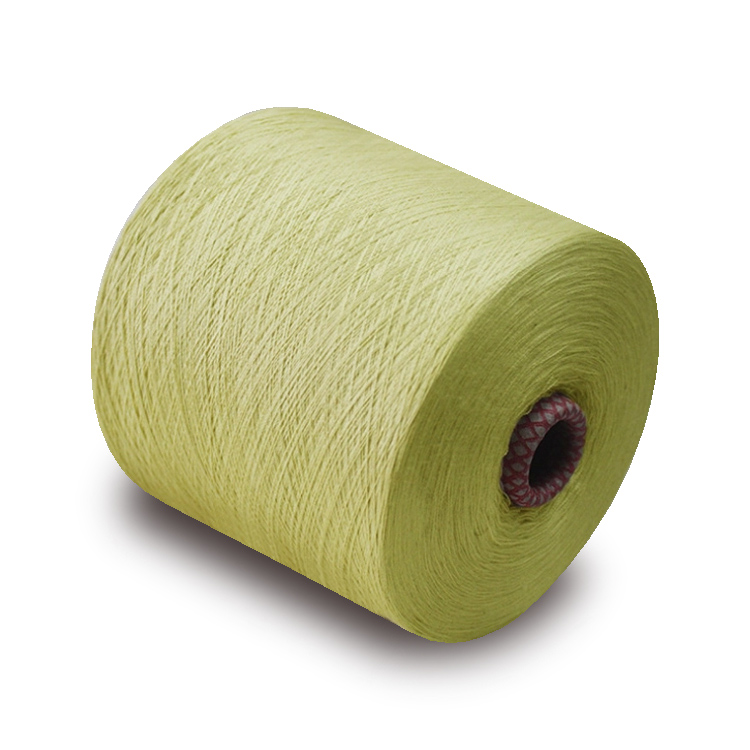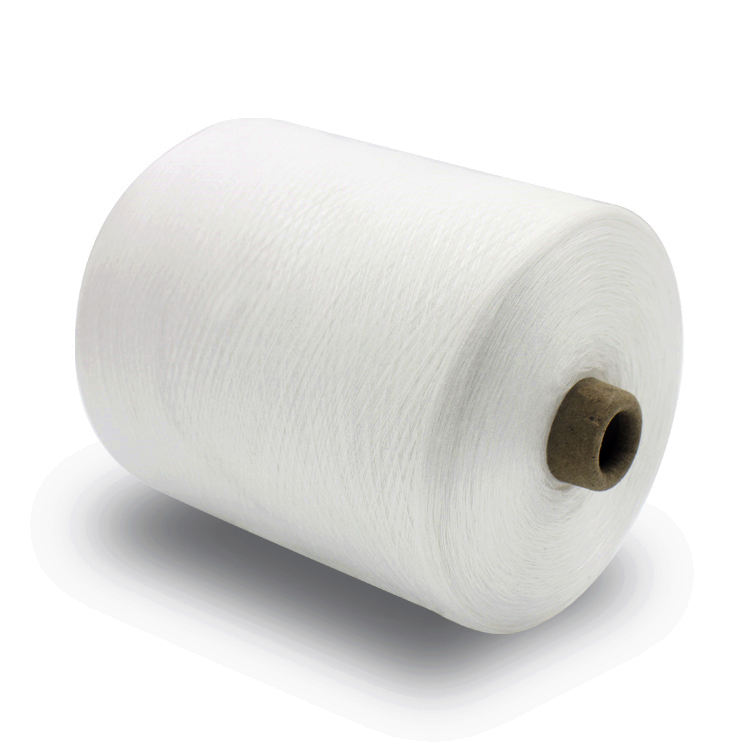Share to:
Related Products
Wholesale silk chiffon polyester fiber yarn
LQ-0107
Price: From $0.8
Delivery time: 9-20 days after payment
MOQ: 500 KG
Polyester fibers are very common chemical fibers. They are the products of macromolecular chains synthesized by small molecules. The raw materials are from oil refining and natural gas waste, and polyester yarn.
Polyester fiber yarns are almost as common as cotton yarns, and everybody can't live without them. The material is not only practical but also cheap.
Which products are made of polyester fabric?
Here are three examples to illustrate.
1. Simulated silk chiffon. Chiffon dresses, printed skirts, etc., have a very good texture, elegant and light drooping, wrinkle resistance and quick drying, which is made of polyester fabric.
2. Cloth bags. Because polyester fibers have low hygroscopicity, good water repellency and tear strength, polyester fibers are often used as outdoor goods and Oxford bags. In order to strengthen the sealing and waterproof function, some bags will be covered with film on the surface.
In order to improve practicability. But no matter what kind of processing has been done, almost 100% of bags made of this kind of cloth are made of polyester fibers.
3. Umbrella. Because polyester fibers have high strength, good water repellency and are not easy to mildew, dense polyester yarn fibers are often used as umbrellas.
There are many examples of polyester yarn/thread in life, such as general windbreaker jacket liner, sunscreen clothing, as well as outdoor clothes and tents, almost all of them are polyester fabric.
The value of polyester yarns is to combine with any natural fibers, man-made fibers and other innovations, develop highly quality and personalized textiles, and enhance the function of these textile fibers. Polyester fibers can be interwoven or blended with any fibers, cotton yarn, wool yarn and linen-like fabrics.
Generally, polyester fibers have their original excellent properties, such as wrinkle resistance and wrinkle retention, dimensional stability, wear resistance, washability and wearability.
However, some of the original disadvantages of polyester fibers, such as electrostatic phenomena and dyeing difficulties in textile processing, poor sweat absorption and air permeability, encounter fire is easy to melt into voids and other shortcomings, which can be alleviated and improved to a certain extent with the incorporation of hydrophilic fibers. Twisted polyester filament (DT) is mainly used to make various silk-like fabrics. It can also be interwoven with natural fibers or chemical staple yarns. It can also be interwoven with silk or silk.It’s chemical filaments are interwoven, which retains a series of advantages of polyester. For example, pure wool fabrics, although containing 100% wool, have poor wearability, easy to deform in washing and poor wear resistance, but when blended with polyester fibers, the above shortcomings are almost completely overcome.And the comfort does not decrease, which is the unparalleled fusion value of polyester fibers.
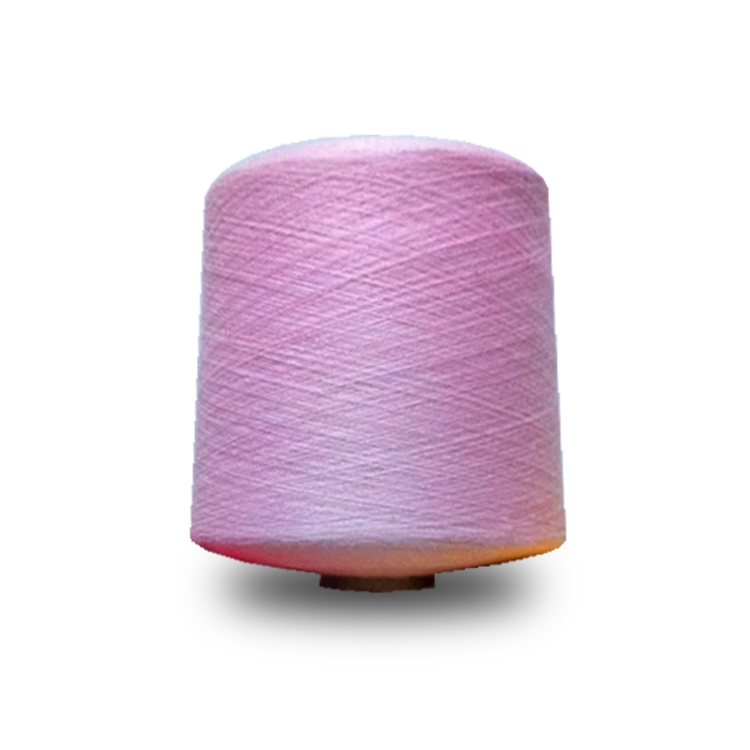
Polyester fibers have 16 characteristics, which can be summarized as follows.
1. The color is milky white with mercerization, but the polyester fabric can be dyed in any color under high temperature and pressure.
2. The surface is smooth and the cross section is nearly circular. But it can also be made into special cross-section fibers, such as triangular, Y-shaped, hollow and other special-shaped cross-section filaments.
3. It has a high crystallinity with a density of 1.38-1.40g/cm3, similar to wool (1.32g/cm3).
4. Under the standard condition, the moisture regain of polyester fibers is 0.4%, which is lower than that of acrylic fibers (1%-2%) and nylon fibers (4%). Due to low hygroscopicity and less decrease in wet strength, polyester fabrics wash and wear well, but when they are processed and worn, electrostatic phenomena are serious, and their permeability and hygroscopicity are poor.
5. Polyester can burn in fire, curl and melt into beads. It has black smoke and fragrance.
6. The light resistance of polyester fibers is second only to that of acrylic fibers.
7. Polyester fibers have poor electrical conductivity because of their low moisture absorption. The dielectric constant of polyester fibers is 3.0-3.8 in the range of -100~160 C, which is an excellent insulator.
8. High strength. The dry state strength is 4-7 cN/dex, while the wet state strength decreases.
9. The elongation is moderate, 20%-50%.
10. In chemical fibers, the initial modulus of polyester fibers is crowned, and its value can be as high as 14-17 GPa, which makes the size of polyester fabrics stable, non-deforming, non-aliasing, and long-lasting pleats.
11. Elasticity is close to wool. When the elongation is 5%, it can almost completely recover after unloading. Therefore, the wrinkle resistance of polyester fabric is better than that of other fabrics.
12. The wear resistance of polyester fabric is second only to that of nylon, but higher than that of other synthetic fibers, so it is durable.
13. Polyester fibers are very stable to acids (especially organic acids). After soaking in 70% sulfuric acid solution at 100 C for 72 hours, the strength of polyester fibers is not lost, but they can not resist the long-term effects of concentrated nitric acid or concentrated sulfuric acid.
14. Under normal temperature and concentrated alkali, high temperature and dilute alkali can destroy the fibers. Only at low temperature can the fibers be stable to dilute alkali or weak alkali.
15. Polyester fibers have strong resistance to general non-polar organic solvents, even at room temperature.
16. Polyester fibers have microbial resistance and are not affected by borers and fungi. Therefore, polyester fabrics and clothing are easier to preserve.

